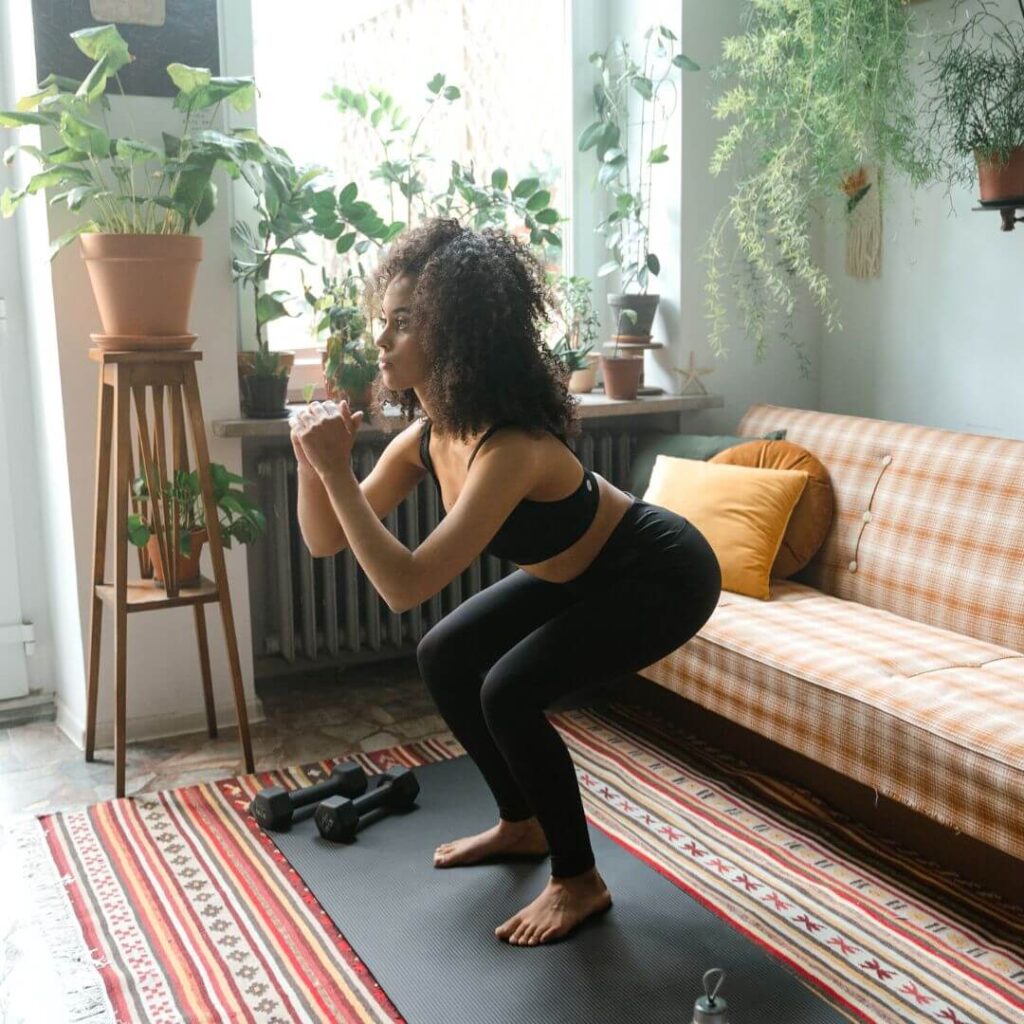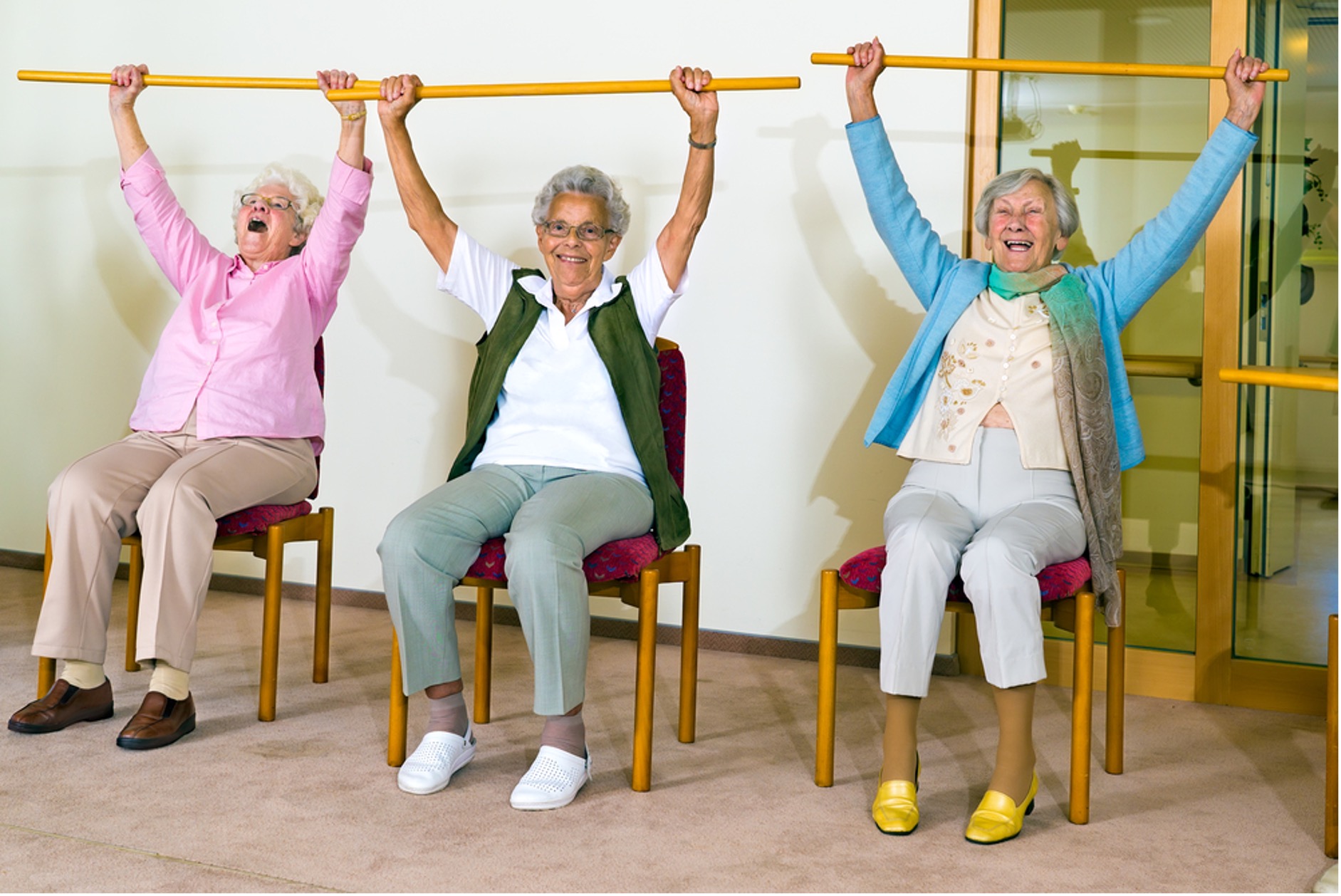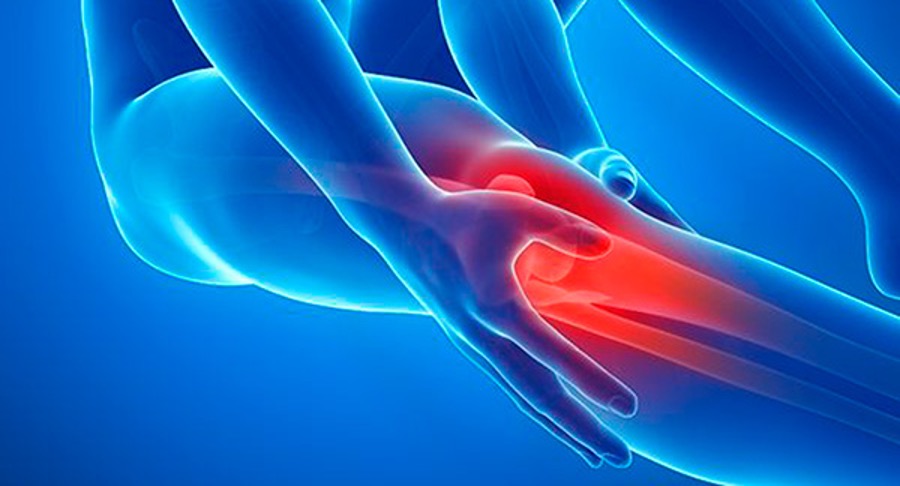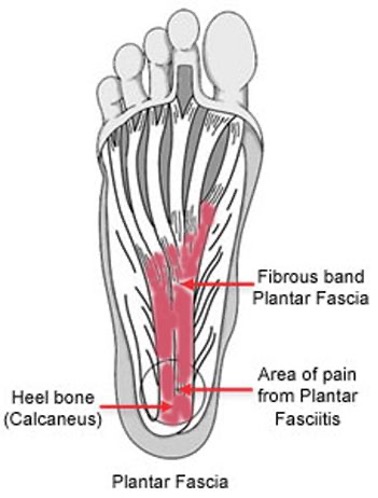“Oh my God Becky, look at her butt…” 90s music has a lot to answer for, but today we’re embracing Sir Mix-A-Lot (with apologies to anyone too young or too old to know what we’re on about) and singing about butts. Since we’re physiotherapists perhaps we should rephrase that and say that today we’re going to discuss the glutes.
What are the glutes anyway?
The gluteal muscles are a group of muscles located in the butt – ahem sorry still got the silly song playing in our heads – in the buttocks. They play an important role in the movement of the hip joint and the stabilisation of the pelvis.
There are three main muscles in the gluteal region: the gluteus maximus (which is quite impossible to say without imagining a Roman Gladiator or Senator) the gluteus medius, and gluteus minimus. The gluteus maximus is the largest and most superficial (closest to the surface) of these muscles and is responsible for extending the hip joint. This is the movement that allows us to stand up straight from a bent position. It also works to rotate the hip outwards and play an overall role of stabilising the hip and other joints below them. The gluteus medius and minimus muscles are located on the side of the hip and are responsible for abducting (lifting your leg to the side) and rotating the hip joint inwards. The glutes are important in walking, climbing stairs, standing from a seated position and even standing on one leg.
In addition to their roles in these movements, the gluteal muscles also play an important role in stabilising the hip joint, maintaining posture, and preventing injury. Weakness or dysfunction in these muscles can lead to conditions such as low back pain, hip pain, and knee pain. So, it’s important to keep these powerhouses of the body strong. Not only will it help reduce the risk of injury, but strong glutes equal a better-looking derriere, although the adipose tissue (fat) on your buttocks will ultimately determine its size. (That song’s stuck in our head again – send help!)
What can I do to strengthen them?
- Squats: Squats are a compound exercise that targets the glutes, quadriceps, and hamstrings. To perform a squat, stand with your feet shoulder-width apart and lower your body as if you are sitting in a chair, keeping your weight on your heels and your chest lifted.
- Lunges: Lunges target the glutes, quadriceps, and hamstrings. To perform a lunge, step forward with one leg and lower your body until your front knee is at a 90-degree angle. Then, push back up to the starting position and repeat on the other side.
- Glute bridges: Lie on your back with your knees bent and your feet flat on the ground. Lift your hips upward, squeezing your glutes at the top of the movement.
- The Clam: This one specifically targets the Gluteus medius and minimus so you will feel it in the side of your buttock not just at the back and underneath. Lie on your side with your knees bent at a 90-degree angle. Your feet should be in line with your hips. Keeping your feet and torso on the ground lift your top knee up to point at the ceiling. Lower back down to the other knee with control.
- Side Lying Leg Lifts: Again, this gives focus to the Gluteus medius and minimus of the lifted leg, but it also recruits the muscles on the floor-side leg to stabilise the pelvis. Lie on the floor with your legs stacked on top of each other creating a straight line with your body. Lift the upper leg up and bring down again with control. It’s important to hold balance throughout to activate the glutes. Proper form really counts here: if you don’t line up your legs correctly other muscles will take over and those smaller muscles won’t get a chance to work.
So, there you have it – just a few of our favourite glute exercises. The best exercises for you will vary depending on your fitness level, goals, and any injuries you may have. It’s always a good idea to consult with your physio if you have any concerns. Call us at (08) 9203 7771 to make an appointment to meet at Next Generation Physiotherapy. We can assess how your muscles are supporting your joints, help your body heal, and advise you on how best to strengthen and stabilise your whole musculoskeletal system.
It is a good idea to consult with your physio if you have any concerns. Call us at (08) 9203 7771 to make an appointment to meet at Next Generation Physiotherapy. We can assess how your muscles are supporting your joints, help your body heal, and advise you on how best to strengthen and stabilize your whole musculoskeletal system.
Now Siri, play “Baby Got Back”.
Reference:
Elzanie, A. & Borger, J. (2022, March 28) Anatomy, Bony Pelvis and Lower Limb, Gluteus Maximus Muscle. [Online] Available at https://www.ncbi.nlm.nih.gov/books/NBK538193/.
Quinn, S. (2020, November 25) Glute Activation Exercises for Athletes [Online] Available at https://www.verywellfit.com/glute-activation-exercises-3120742#:~:text=This%20next%20exercise%20targets%20the%20gluteus%20medius%2C%20which,open%20your%20knees%20by%20contracting%20your%20glute%20medius. Accessed on 23/02/2023.




